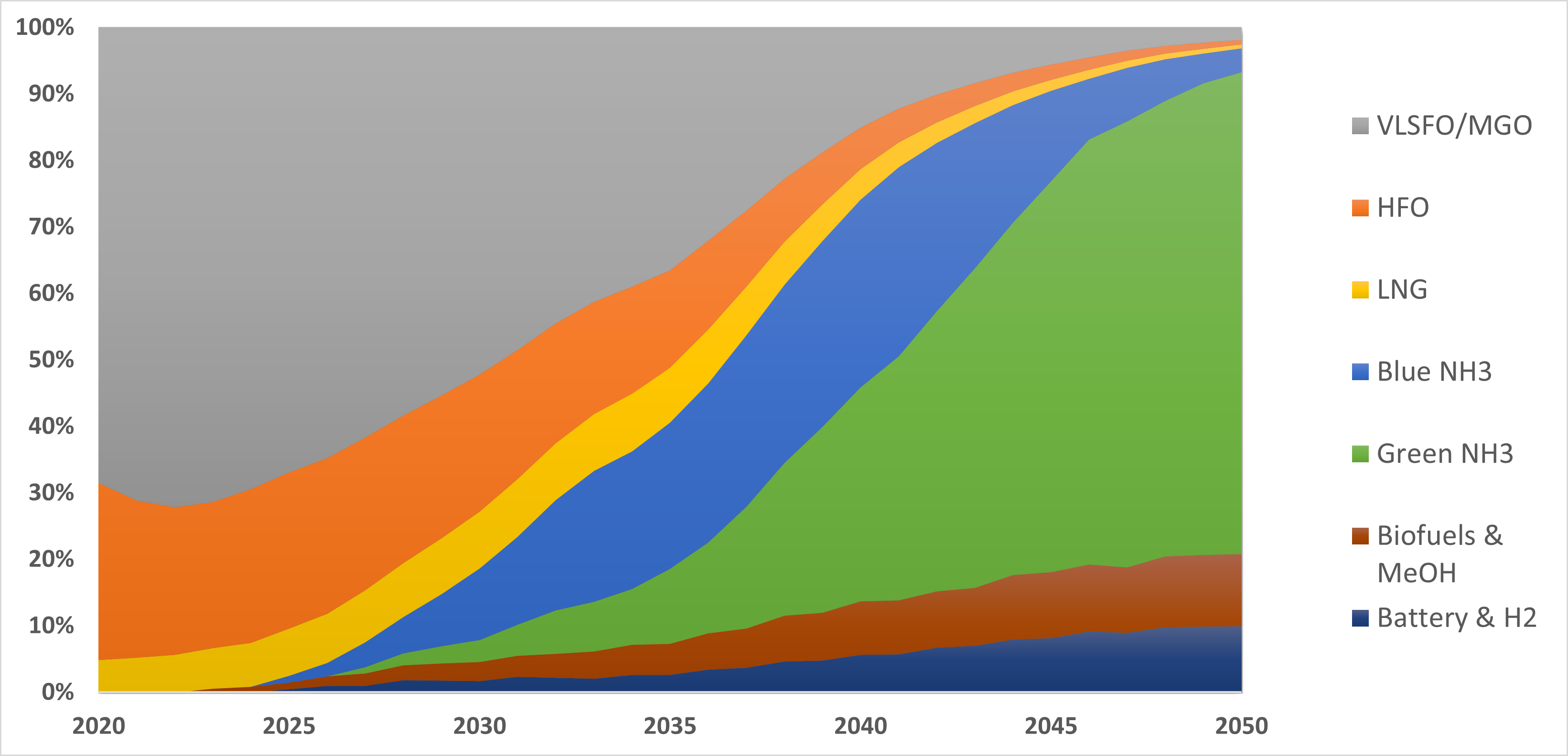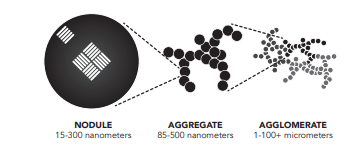How green are green and blue hydrogen?
In August, Robert Howarth and Mark Jacobson, respectively from Cornell and Stanford Universities, published “How green is blue hydrogen”, an examination of the lifecycle greenhouse gas emissions (GHG) of blue hydrogen, i.e., hydrogen from steam methane reforming with carbon dioxide capture and storage (CCS). How valid were the assumptions behind the study, were the calculations correct and can a realistic case be argued for blue hydrogen going forward?


